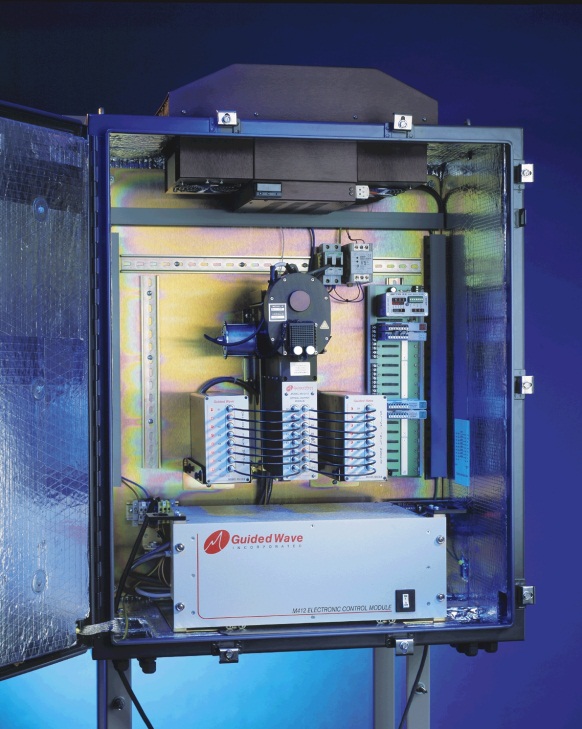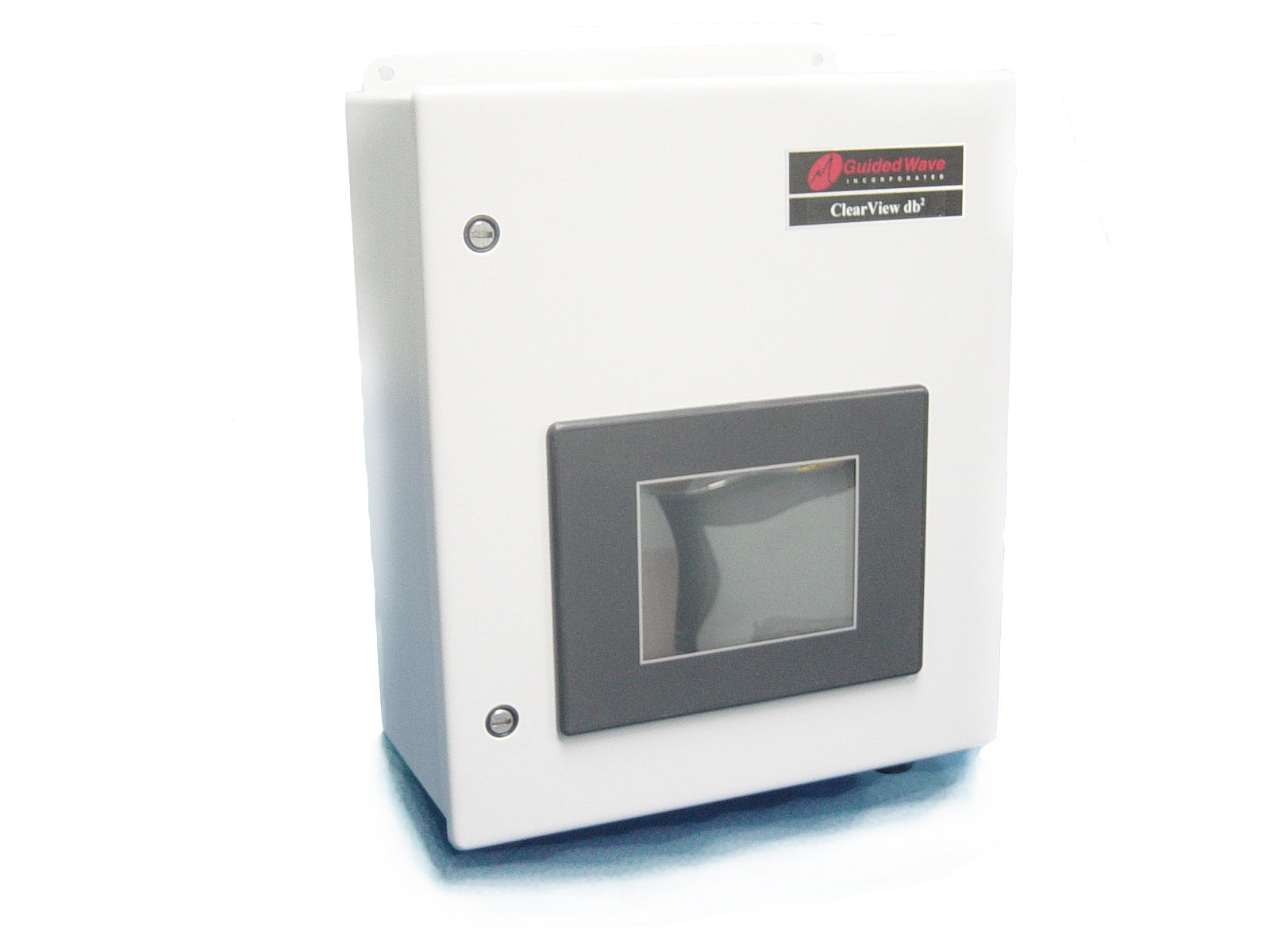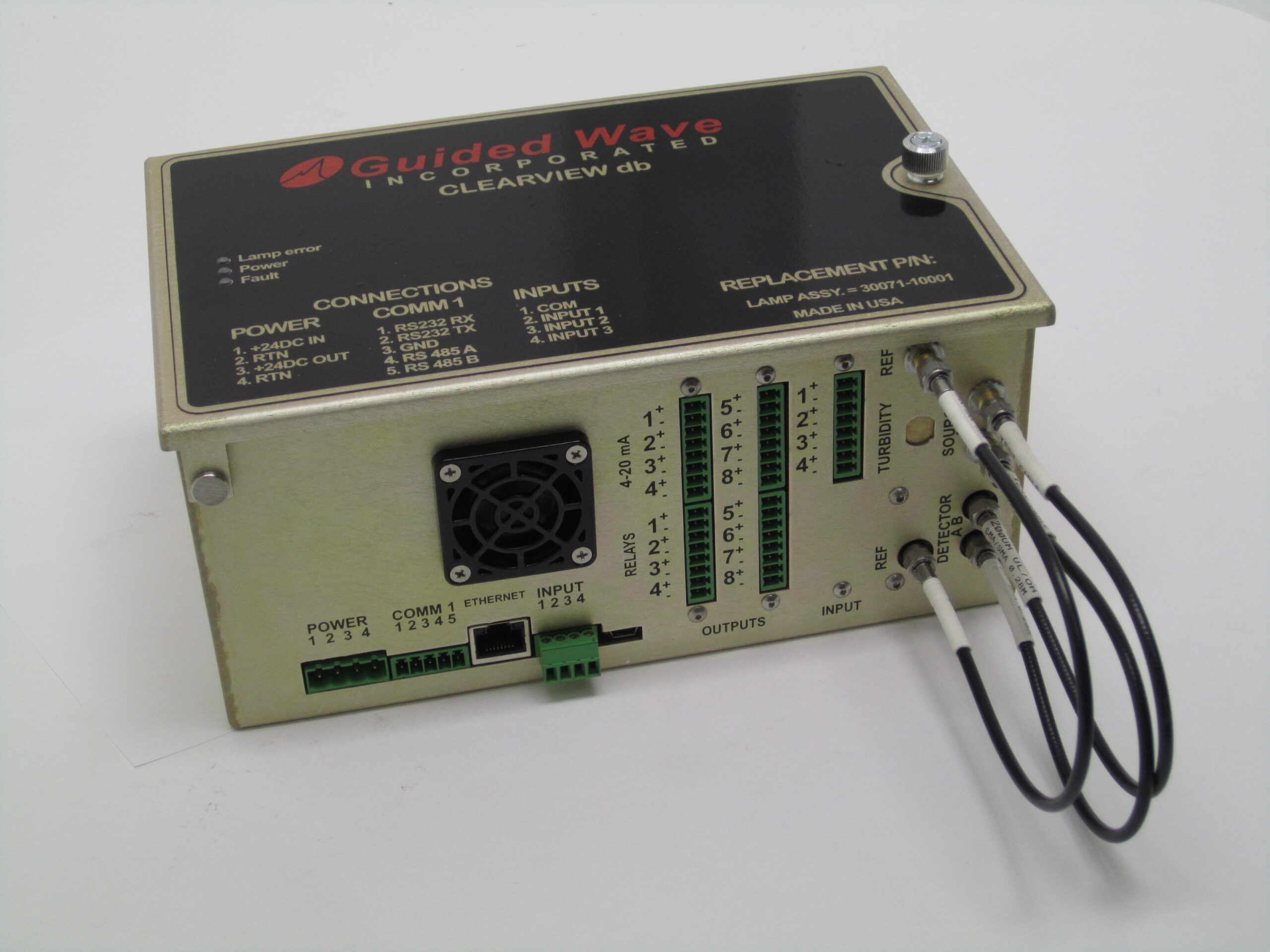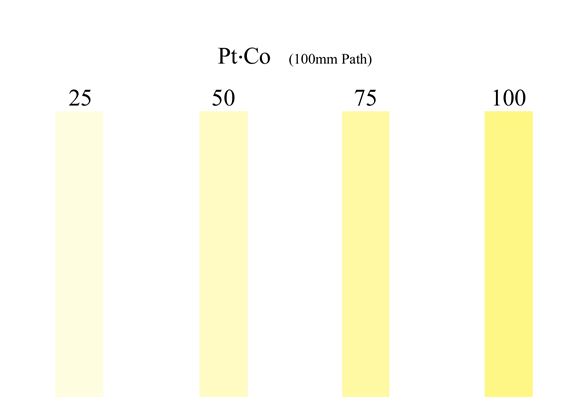Greensboro, NC – March 1, 2022. Process Insights, a Union Park Capital portfolio company, announced today that it has acquired Guided Wave Inc. (“Guided Wave”) from Singapore-based Advanced Holdings Ltd. Guided Wave, based in Rancho Cordova, California will join Process Insights’ existing broad portfolio of premium brands and technologies for process analytics, monitoring and control including COSA Xentaur, Hygrocontrol, Alpha Omega Instruments, LAR Process Analysers, Tiger Optics, ATOM Instrument, Extrel CMS and MBW Calibration.
Founded in 1983, Guided Wave designs and manufactures complete analytical systems utilizing Near Infrared (“NIR”) and Ultraviolet/Visible (“UV-VIS”) spectroscopic technologies. Guided Wave is the only process NIR company that provides a complete, optically matched NIR analytical system yielding the best throughput efficiency and long-term performance that exceed industry standards. Guided Wave’s analytical systems are designed for continuous online process performance while providing real-time data of laboratory quality in harsh, hazardous, and demanding environments. Guided Wave’s products and technologies are used in a wide range of applications across a multitude of markets and industries including chemicals, petrochemicals, semiconductor, pharmaceuticals, biotechnology, and healthcare (sterilization and virus deactivation).
“For more than 35 years, Guided Wave has served a variety of customers and industries worldwide with leading spectroscopic process analyzer solutions. With our acquisition by Process Insights, additional resources will propel Guided Wave into the next decade of innovation and industry leadership”, said Susan Foulk, President of Guided Wave. “It’s exciting to join the Process Insights team, and the team at Guided Wave looks forward to opening new pathways for growth as we continue to put our customers and their process analytical needs first”, Foulk added.
“Guided Wave is a natural fit for Process Insights. We share many common customers, markets and applications. This is an exciting opportunity for Process Insights to continue to expand our total differentiated solution offerings to our customers with the addition of Guided Wave’s premium NIR and UV-VIS technologies to our portfolio”, said Monte Hammouri, CEO of Process Insights. “We have known Guided Wave, Susan and her team for many years through prior collaborations. Bringing them into the Process Insights family takes our collaboration to that next level where we can leverage Process Insights’ global scale and operating footprints to further accelerate Guided Wave’s growth and innovation”, added Hammouri.

 Insights, a Union Park Capital portfolio company, announced today that it has acquired Guided Wave Inc. (“Guided Wave”) from Singapore-based Advanced Holdings Ltd. Guided Wave, based in Rancho Cordova, California will join Process Insights’ existing broad portfolio of premium brands and technologies for process analytics, monitoring and control including COSA Xentaur, Hygrocontrol, Alpha Omega Instruments, LAR Process Analysers, Tiger Optics, ATOM Instrument, Extrel CMS and MBW Calibration.
Insights, a Union Park Capital portfolio company, announced today that it has acquired Guided Wave Inc. (“Guided Wave”) from Singapore-based Advanced Holdings Ltd. Guided Wave, based in Rancho Cordova, California will join Process Insights’ existing broad portfolio of premium brands and technologies for process analytics, monitoring and control including COSA Xentaur, Hygrocontrol, Alpha Omega Instruments, LAR Process Analysers, Tiger Optics, ATOM Instrument, Extrel CMS and MBW Calibration.






